In the market for drones which is pretty prevalent today, the Chinese company called DJI is a leader. They produce high-quality drones with features that are exclusive to them. DJI is the world leader in non-military civilian and commercial drones. Drones have become a fascinating subject of daily lives as it is a gadget that is helpful in many ways like professional filming, transportation, and disaster management. They cover about 70 percent of the commercial drone market and are used worldwide for the film industry, television and music filming. The DJI Mavic Air and Spark are the two most popular models of drones from the company. They are more famous primarily due to their relatively lower range of costs. Now to select which is better than the other you need to carry out an in detail DJI Mavic Air vs Spark comparison. They have some similar features and a number of exclusive highlights. The price range is also different from one another, but both are useful and legit for their price.
DJI Drones
This company is a Shenzhen based company out of China. They have taken up an innovative business idea and brought it to fruition. The company dominates the commercial drone market. They have high-quality cameras, some user-friendly features and also high-end technology involved in the drones they manufacture. DJI has won a Technology & Engineering Emmy Award in 2017 for the company’s camera technology in the drones. The technology was regarded as one of the best drone camera technology for commercial drones. This private company has come a long way in their technological aspects and market domination in the last 12 years since it had been established in 2006. The company has divisions in Japan, Chile, North America and Europe as well along with the headquarter in China. DJI has a number of commercial drone series like Flame Wheel, Phantom, Spreading Wings, Inspire, Mavic, Matrice, and Spark. The Spark and Mavic series are the most popular ones among these multiple series. They have a number of exclusive features which come in handy to the end user. The DJI Mavic Air vs Spark debate is a common one for users or new buyers due to their competitive sale statistics and relatively close feature offerings.
The Mavic Series
The Mavic series has three models in the series: Mavic Air, Mavic Pro, and Mavic Pro Platinum. They are a little more advanced regarding the features they offer. These drones are larger but still portable due to their foldable property. The Mavics have better speed and longer flight time. They are towards the higher end of the price scale. However, the price is reasonable as per the features it provides to the user. Thus, there has been a lot of sale in this series. Mavic Air is the low-end model of the series, and hence it is the closest competition to the Spark series which may be considered as an inferior series in accordance to the features that the Mavic provides and Spark doesn’t. The DJI marvic Air vs Spark specifications show the pros and cons of both the drones. The Mavics also have the obstacle sensing system in the posterior end as well. Overall, the Mavics are an excellent package of necessary characteristics for a drone.
The Spark Series
The Spark series only has one model named after the series – Spark. This is a compact and small-sized drone and has a lot of handy features. The exclusive feature of this model is the gesture controlling system of the drone, which enables the end-user to control the movement of the drone through the movement of the hand. The gestures can also control other functions of the drone. The drone tracks the user’s hand through laser technology and performs the commanded action. The model is a cost-effective model for the company, and hence it has a lot of sales which is prolonged to this day. The Spark is used mostly for creative filming purposes and sometimes also for adventure purposes. The Spark series model also has a good quality camera and the propeller functioning is also flawless.
DJI Mavic Air vs Spark Comparison
Being the top two models as per features and cost-effectiveness they are the most compared drones and have two different dimensions of features which are suited for different customer bases. You can get the detailed review of the two different models of drones from the DJI Company below.
DJI Mavic Air
The Mavic Air model is a fantastic drone with foldable properties to make it easy for its mobility. It has a three-dimensional obstacle sensing system and hence makes it an apt drone for adventures. The model has spherical panoramic 32MP cameras which are also 4K. The camera has a triple axis for better camera movements. The drone has a smart capturing facility that helps the user to capture images or videos without a lot of hassle. The total flight time is 21 minutes, and it also has an advanced pilot assisting system included in the drone.
- Dimensions, Weight and Flight speed
The drone is about 168x184x64 mm (LxWxH) normally and when it is folded its dimensions are reduced to 168x83x49 mm (LxWxH) which makes it easy for the user to carry it along. The gross weight of the drone is near 430 grams which is considerably low accounting its dimensions. The drone stays in flight for 21 minutes straight when flown at an optimum speed. The max speed of the drone in the s-mode is 68.4 kmph, and that in the p-mode is 28.8 kmph. The DJI Mavic Air vs Spark shows how the dimensions are different and that the Mavic Air is foldable as well as that the Spark is compact.
- Intelligent Flight Modes and Controllers
The smart capture and quick-shot facilities are some of the popular, intelligent flight modes that the drone provides. Active tracking is also a useful mode of the drone which is used for a varied form of reasons. Tapfly is a standard mode provided for a lot of drones in the company where the user needs to tap the bottom of the drone, and it will start its ascent up the Air immediately. Cinematic, tripod, cinematic and points of interest are among the other varied, intelligent flight modes that the Mavic Air offers. This model offers three different types of control modes. The gestures mode, which is a very popular specification of the Spark model, is also available for the Mavic Air too. The remote controller is also present as it is the primary and most commonly used controlling method. There is also the controlling system of a mobile device. These facilitate the easy controlling of the drone.
- Visual Quality, Takeoff Weight, and Maximum Ascent & Descent Speed
The drone has a triple axis mechanical gimbal with 1/2.3″ CMOS sensors. The max video resolution is 4K at 30fps, and that of a photo is 12MP. The obstacle sensing system has a range of 0.5 to 12 meters in the front and 0.5 to 10 meters backward. The takeoff weight is 430 grams, and its max ascent speed and descent speed depends on the mode it is flying in. When in the s-mode the ascent speed is 4 mps, 2mps when in p-mode and wi-fi mode it is 2 mps. The descent speed in s-mode is 3mps, that of p-mode is 1.5mps, and in wi-fi mode the descent speed is 1mps.
- Tilt angle and speed, Operating Temperature
The drone can max out at a height of 5000 meters above sea-level. The max tilt angle in s-mode is 35 degrees, and that in p-mode is 15 degrees. The operating temperature of the drone ranges between 0 and 40 degrees Celsius. The gimbal is 3-axis for tilt, roll as well as pan, and the max tilt speed is 120 degrees per second.
- Camera
The camera of the drone is amazing with ISO range of 100 – 1600 when in autofocus and 100 – 3200 when the focus is operated manually. The shutter speed of the camera is also fascinating with an electronic shutter of 8 – 1/8000 seconds of speed. The image sizes are 4056×3040 (4:3) and 4056×2280 (16:9). There are a wide variety of photography modes like HDR, single shot, burst shooting, interval and panoramic mode. The video resolution is 4K Ultra HD, and the image format produced both in JPEG and DNG (raw) formats. The video format is MP4 or MOV formats. These formats help the user to edit the image or video easily through various apps as and when needed. When you check the DJI marvic Air vs Spark comparison, you can see that the Mavic is more specialized in high-quality photos.
- Charger and Price
The charger has an input of 100 – 240 volts, 50/60 Hz, and 1.4 amperes. The main output gives 13.2V = 3.79A and the USB gives 5V = 2A. The average voltage required is 13.2 Volts, and the rated power is 50 watt. The Price is reasonable for its features and is 799 USD.
>> Read more about DJI Mavic Air Drone
[asa2]B078WS1RWC[/asa2]
DJI Spark
The DJI Spark model from the self-named series is a compact and small-sized drone which is used for multiple purposes and is pretty cost-effective relative to the other drones. It has a quick launch facility, and this function comes in handy pretty often. The obstacle sensing is also present as a feature in this model. The camera is 12MP and also has quick shot feature. The Active tracker is one of the popular, intelligent flight modes of this drone. This drone has the gesture mode of control. This drone is pretty handy for sports filming and documentation. This drone is better suited for adventure video shooting as deduced from the DJI Mavic Air vs Spark specifications.
- Price, Dimensions, and Speed
The price is a major attraction of this drone and is 499 USD. The size is small and compact and is 143x143x55 mm (LxWxH). There is no foldable function of this drone. It has a net weight of 300 grams which is significantly light considering the size, features, and function of the drone. The max flight time when flown at a consistent speed of about 25kmph is 16 minutes. The speed at its max in s-mode is 50kmph and that in p-mode is 21kmph.
- Intelligent Flight Modes
There are many smart flight modes like the gesture mode where the drone follows your hand gestures to fly and recognized the command through a laser scan of your hand. The tripod mode gives a low angle photography perception where the camera stability is out of words. The active tracker mode is when the drone follows you and captures the moment you are living. Tapfly and quick shot are among the various other intelligent flight modes that the drone offers.
- Aircraft Features
The takeoff weight of the drone is near to 300 grams. The max ascent speed in s-mode is 3mps, and that in p-mode is 3mps. The max descent speed in s-mode is 2mps and 1.5mps in p-mode. The maxed speed in s-mode is 50kmph and 21kmph in p-mode. The highest this drone can ascend above the sea level is 4000 meters. At a consistent speed of 20kmph – 25kmph, the drone can fly for as long as 16 minutes.
- Tilt and Gimbal
The DJI Spark has a max tilt of 35 degrees in s-mode and that in p-mode is 15 degrees. The operating temperature of the drone ranged from 0 to 40 degrees. The gimbal has a 2-axis system only for tilt and roll. The tuning range of the gimbal for tilt is -85 to 0 degree and that for roll is -17 to +17 degrees. The max tilt speed of the Spark is 120 degrees per second. The tilt and gimbal difference between the two drones models can be better understood through the DJI Mavic Air vs Spark comparison.
- Obstacle Sensing System
The obstacle sensing system is also very efficient with a precision measurement range between 0.2 and 5 meters. The detectable range is also from 0.2 to 5 meters. The effective sensing speed of the DJI Spark is lesser than or equal to 3mps. The field of view is 27 degrees vertically and 70 degrees horizontally. The drone has a forward and downward detection system of obstacles.
- Camera
The camera has a ½.3” CMOS sensor that has effective pixels of 12MP. The ISO range for the video is between 100 and 3200, and that of an image is within 100 and 1600. It has an electronic shutter with a shutter-speed of 2-1/8000 seconds. The still image size is 3968×2976, and the video resolution is 1920×1080 at 30 fps. The max video bitrate is 24, and the video format is MP4. The photo format is only in JPEG.
- Charger
The drone’s charger has an input of 100-240 volts, 50/60 Hz, and 0.5 amperes. The output power is 5volts = 3A, 9volts = 2A and 12volts = 1.5 A. The voltage is 5volts / 9volts and the rated power is 15W / 18W. A mobile device can control the drone.
>> Read more about DJI Spark Drone
[asa2]B072C36ZVK[/asa2]
DJI marvic Air vs Spark Comparison Table
| Features / Highlights | DJI Mavic Air | DJI Spark |
| 1) Dimensions | This drone has a feature of folding which makes them easily portable. The unfolded dimensions are 168x184x64 mm and that when it is folded is 168x83x49 mm. The net weight is 430gms. | The Spark doesn’t have foldable properties. It is small and compact with a (L×W×H) dimensions of 143x143x55 mm. The net weight is 300gms. |
| 2) Camera | It has a ½.3” CMOS sensor with 12MP effective pixels. The ISO for video and image in auto mode are both 100 – 1600. That in the manual mode is 100 – 1600 for video and 100 – 3200 for the photo. It has a shutter speed of 8-1/8000 seconds. The image format is in JPEG as well as DNG (RAW), and the video format is in MP4 or MOV. | This also has a ½.3″ CMOS sensor with 12MP effective pixels. The ISO range for video is 100 – 3200 and that of the photo is 100 – 1600. The shutter speed is 2-1/8000 seconds. The image format is in JPEG, and the video format is in MP4 only. |
| 3) Intelligent Flight Modes | Tripod Mode
ActiveTrack |
ActiveTrack QuickShot Tripod TapFly Advanced Gesture |
| 4) Speed | Its max flight time is 21 minutes. With a max speed in s-mode of 68.4kmph and that in p-mode is 28.8kmph. | The max flight time of the drone if flown at a consistent speed of 20kmph is 16 minutes. The max speed in s-mode is 50kmph and that in p-mode is 21kmph. |
| 5) Controller modes | The Mavic Air can be controlled through a mobile device, a remote controller or gesture mode. | The Spark drone can be controlled by the gesture system, an intelligent mobile device and also the common remote control. |
| 6) Price | 799 USD | 499 USD |
| 7) Aircraft Features | The takeoff weight of the drone is about 430gms. The max ascent speed of the Aircraft in s-mode, p-mode, and wi-fi mode are 4mps, 2mps, and 2mps respectively. The max descent speed in the same order is 3mps, 1.5mps, and 1mps. | The takeoff weight is about 300gms, and the max ascent speed and descent speed during s-mode is 3mps and 2mps respectively. That in p-mode is 2mps and 1.5mps respectively. |
| 8) Tilt and Gimbal | It has 3-axis stabilization for tilt, roll, and pan. The max tilt speed is 120 degrees per second. | It has 2-axis stabilization for tilt and roll only, and the max tilt speed is 120 degrees per second. |
The DJI Spark is specialized in video shooting, and the gesture functioning also makes it an apt drone within the 500 USD price range. The DJI Mavic Air, on the other hand, has a better quality of photo production, and the image format is raw which makes it easy to edit as and when necessary. Both the drones are competent commercial drones and have the high-quality technology. However, the DJI Mavic Air vs Spark comparison should be referred to for choosing the better one for you as per your necessity and discretion.
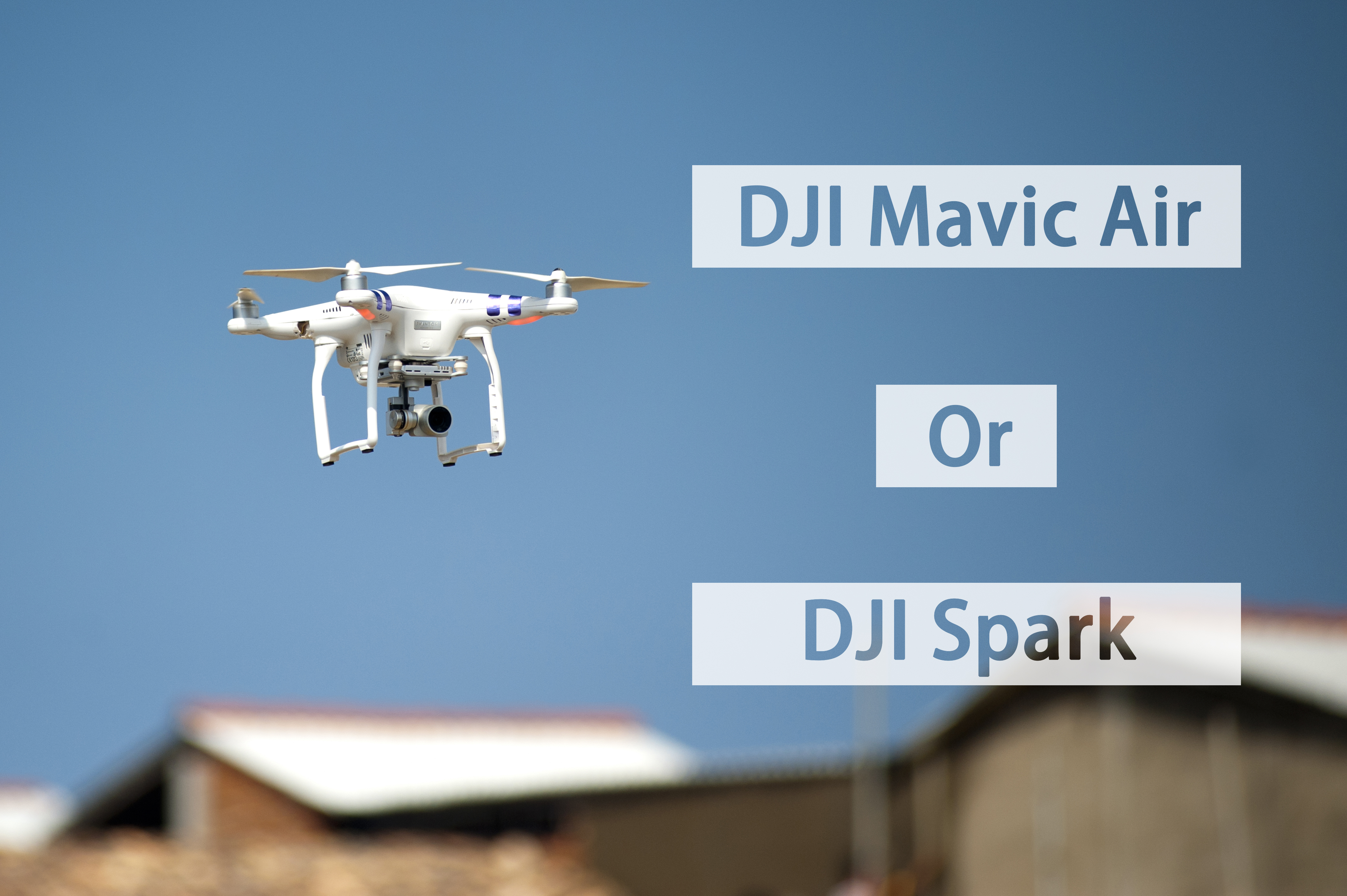
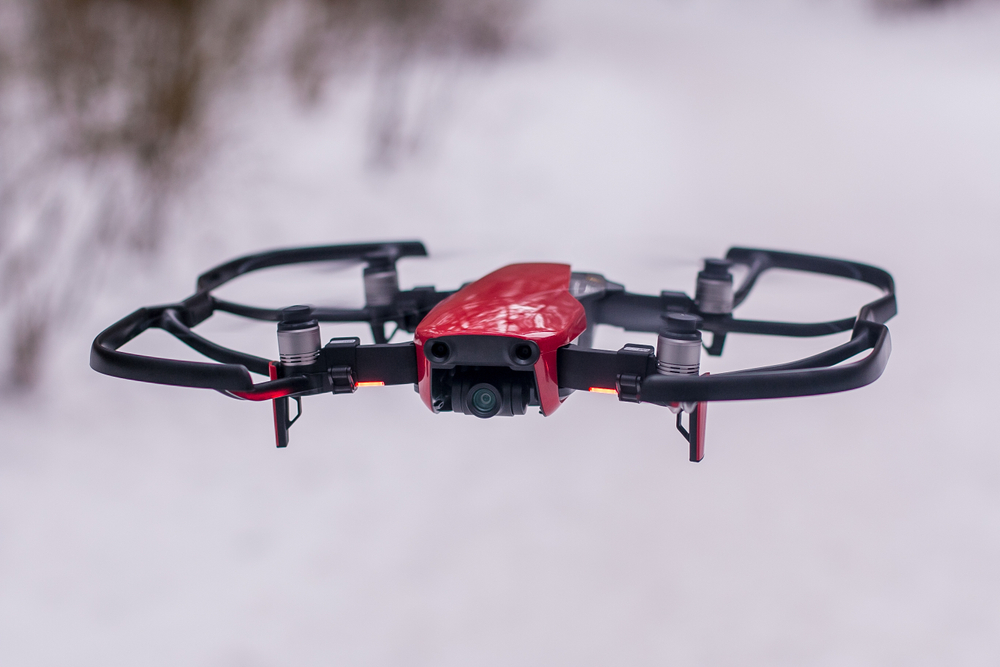
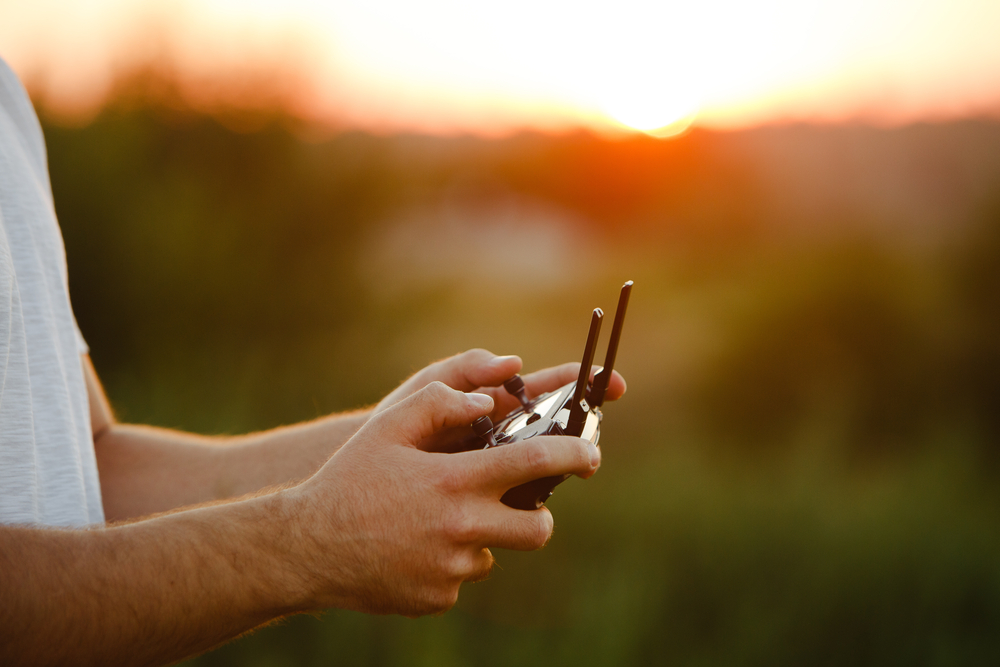
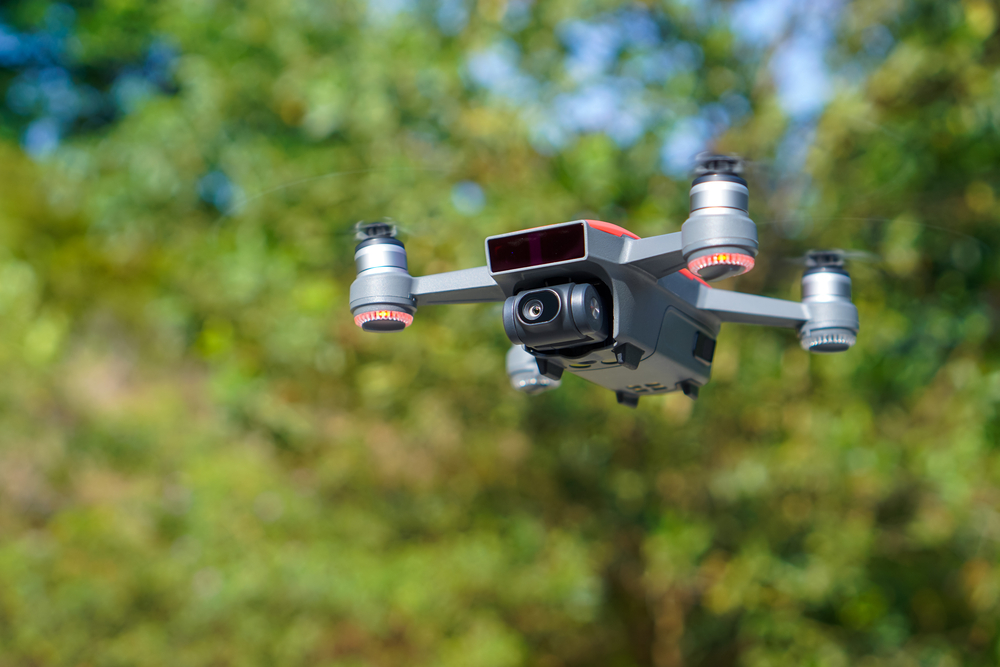
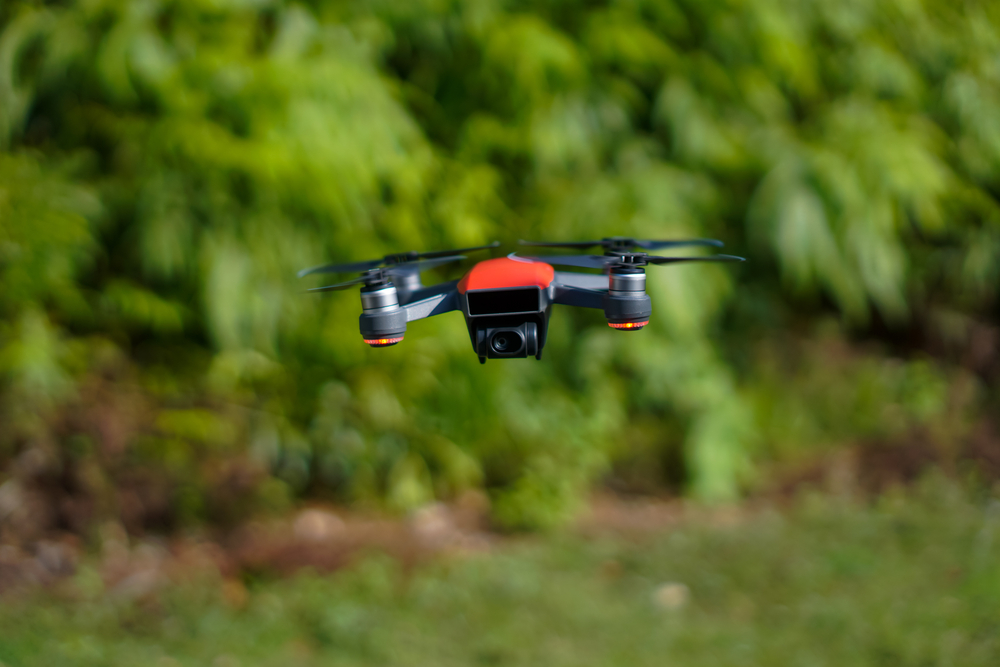


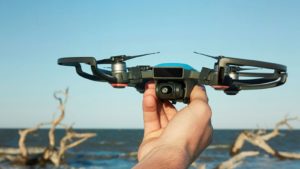
Can I simply say what a relief to search out someone who actually knows what theyre speaking about on the internet. You positively know learn how to carry a difficulty to mild and make it important. More people need to learn this and understand this aspect of the story. I cant consider youre no more popular because you definitely have the gift.